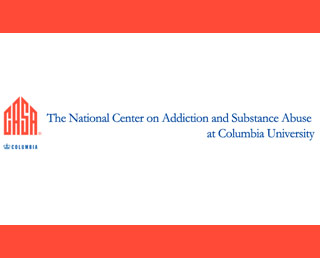
The CASA report discloses that early teenage years could be a crucial time for the onset of substance use and its subsequent effects. As per the statistics, 1 in 4 Americans who made use of addictive substances before the age of 18 seem to be addicted, as compared to 1 in 21 Americans who had begun using the substances by the age of 21 or older. The report outlines that addiction originates from adolescence. The immature teen brain makes risk taking a more likely option which includes using addictive matter that disturbs brain development, harms judgment and accelerates risk of addiction.
75 percent of all high school students have apparently consumed addictive substances inclusive of tobacco, alcohol, marijuana or cocaine. 1 in 5 of them fits into the category of an addict and 46 percent of all high school students presently consume addictive substances. 1 in 3 of them is an addict in medical terms. 9 out of 10 persons in America who conform to the terms of addiction have been consuming these substances right from early teenage years.
“Teen substance use is our nation’s number one public health problem. Smoking, drinking and using other drugs while the brain is still developing dramatically hikes the risk of addiction and other devastating consequences,” remarked Jim Ramstad, Former Member of Congress (MN-3) and a CASA board member who also chaired the report’s National Advisory Commission.
The result showed that high school students favored alcohol as an addictive substance. 72.5 percent have consumed alcohol, 46.3 percent are smokers, 36.8 percent opt for marijuana, 14.8 percent have tampered controlled prescription drugs and 65.1 percent have consumed more than 1 of such substances. Since addiction has its roots in teens, the adolescent years needs to be spent without the use of drugs or other addictive matter.
The report further brings to fore that the American culture seems to breed addiction. A broad range of social instances and advertisements tend to spur use of these substances. Some parents accept use of such substances and even media depictions intrigue the youth to put the aforesaid matter to use. Also, the availability of tobacco, alcohol, marijuana and controlled prescription drugs enables substance abuse. 46% of teens under the age f 18 apparently stay in a home where someone of the age 18 or older is smoking, drinking or consuming drugs.
Less than half that is 46.3% of parents admit that they seek to not let their children indulge in smoking cigarettes, consuming alcohol, marijuana use or meddling of prescription drugs or using any other kind of illegal drugs. And nearly 21% think marijuana is not harmful. Also teens with other problems such as a family history of genetic predisposition, or health issues, a victim of any sort of depression are more susceptible to indulge in substance abuse. The report clearly presents concerns for American teens as substance abuse seems to be spreading like fire there.
Other ill-effects of substance abuse include accidents and injuries; unwanted pregnancies, medical problems like asthma, depression, anxiety, psychosis and harmed brain function, drooping academic results and educational performances. Some of them ought to get involved in criminal activities that may even lead to death. Presently, substance abuse is a challenge and also the most expensive health issue in America.
The CASA report presents certain guidelines to prevent this epidemic. Efficient public health measures to delay onset of such habits, routine screening of teens, early intervention, and proper medical therapies are some of the steps to curb this problem. The CASA report is an analysis of extensive data obtained by surveying a wide range of people.
